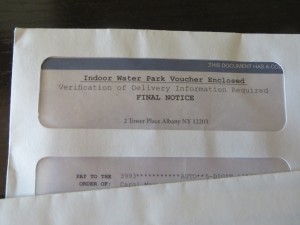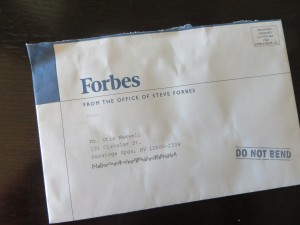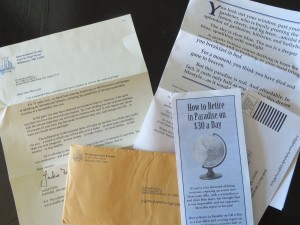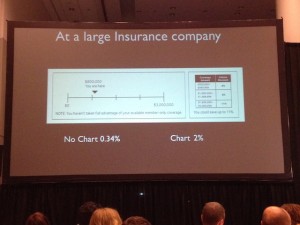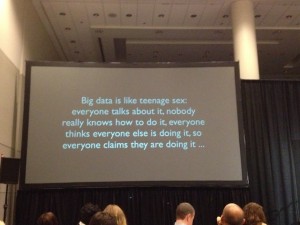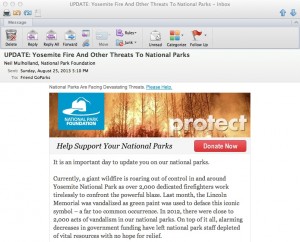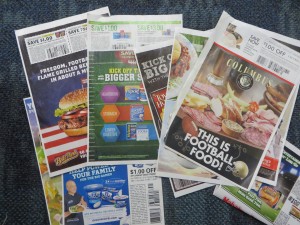
Here comes Kraft with “your bold lineup for game day dipping”. Foster Farms wants us to “save big on tasty favorites for game day”. With a casserole made with Carnation evaporated milk, “game day just got tastier”. Attacking a problem we didn’t know we had, Hefty plasticized paper plates advise us to “soak proof your game day”. And, in case you’re planning to eat a few too many nachos, Pepcid offers to “kick off the big game with even bigger savings”. Cheez-It advises you to “kick off the big game with these fan favorites”. And Land O’Frost offers “easy game day entertaining with our premium line-up”. Anybody notice a trend here?
But the story on the sidelines is that there are far fewer of these themed coupons than in years past. And, where many of them did photo shoots of hyperactive fans enjoying their products in a home setting, now most simply stick some stock art of a green football field behind their usual overdressed product graphics. What’s the strategy, coach? Where’s your jumbo package or that gimmick play?
It just may be that marketers have found these themed ads aren’t worth the effort in terms of incremental sales. The overwhelming majority of coupon clippers are female, and so the underlying message is that the little woman is going to put out a bountiful spread for the men in her house and their loutish guests. But more and more consumers may be blowing the whistle on this blatant pandering. It may be that it’s better to promote your tried-and-true product positioning after all.
In my house, I know, the males are going to be expected to put together their own Super Bowl spread and clean up after themselves. Maybe I should get some of those soak-proof plates.
